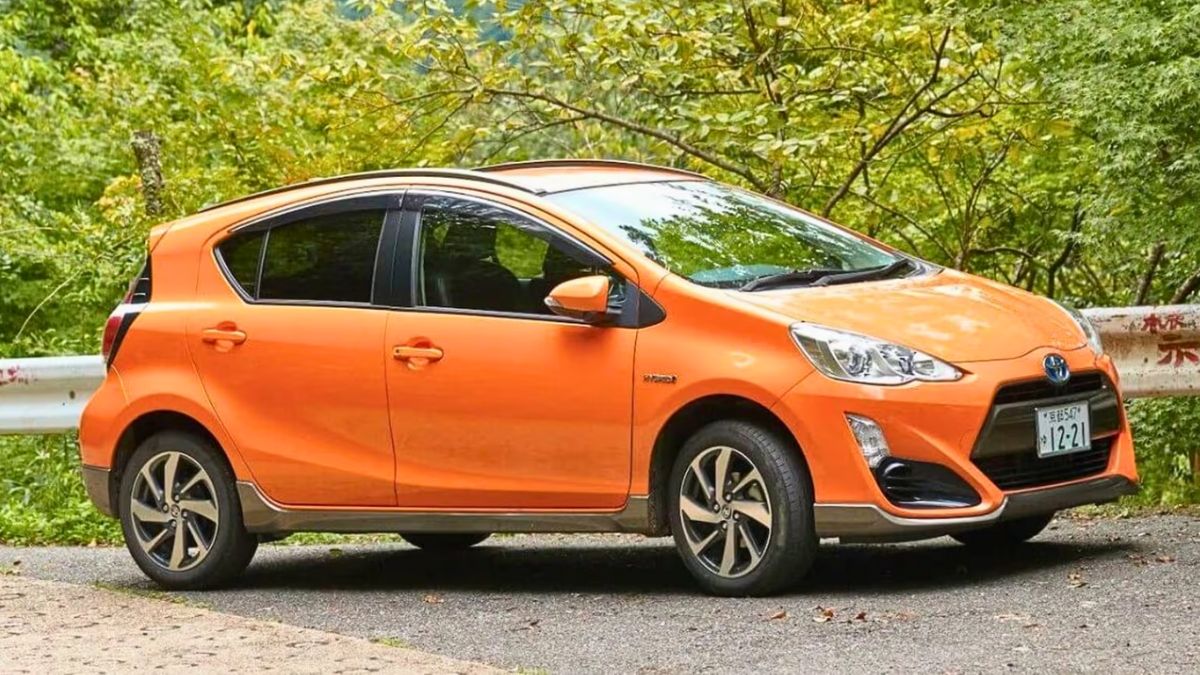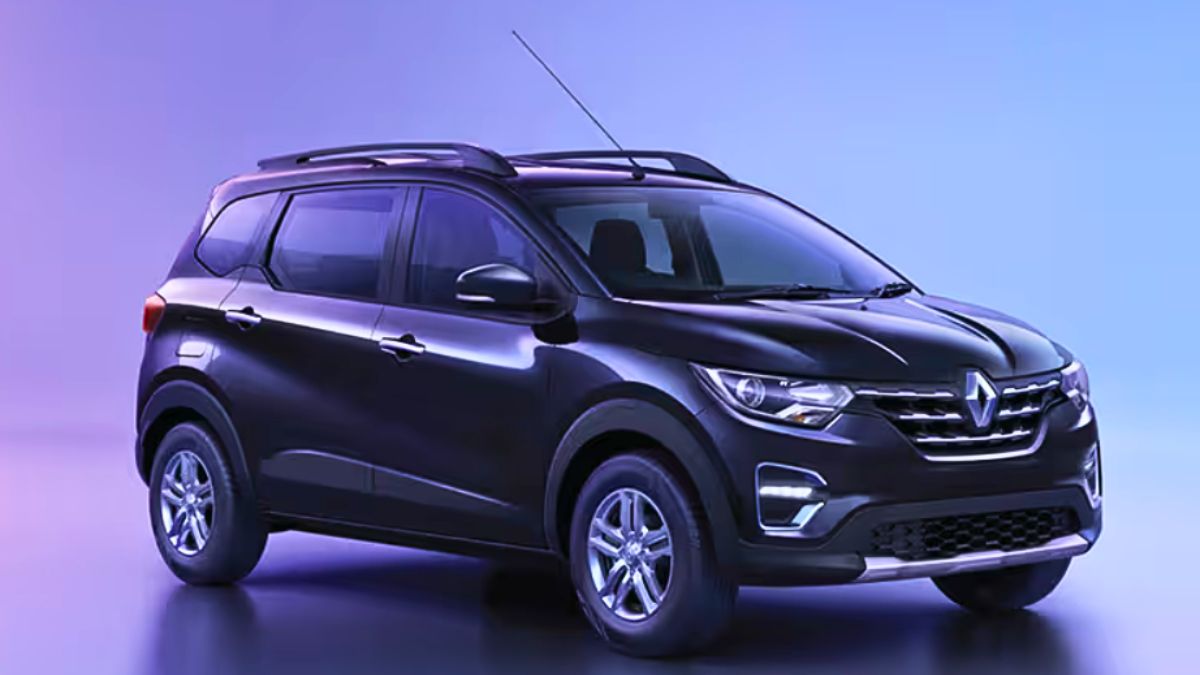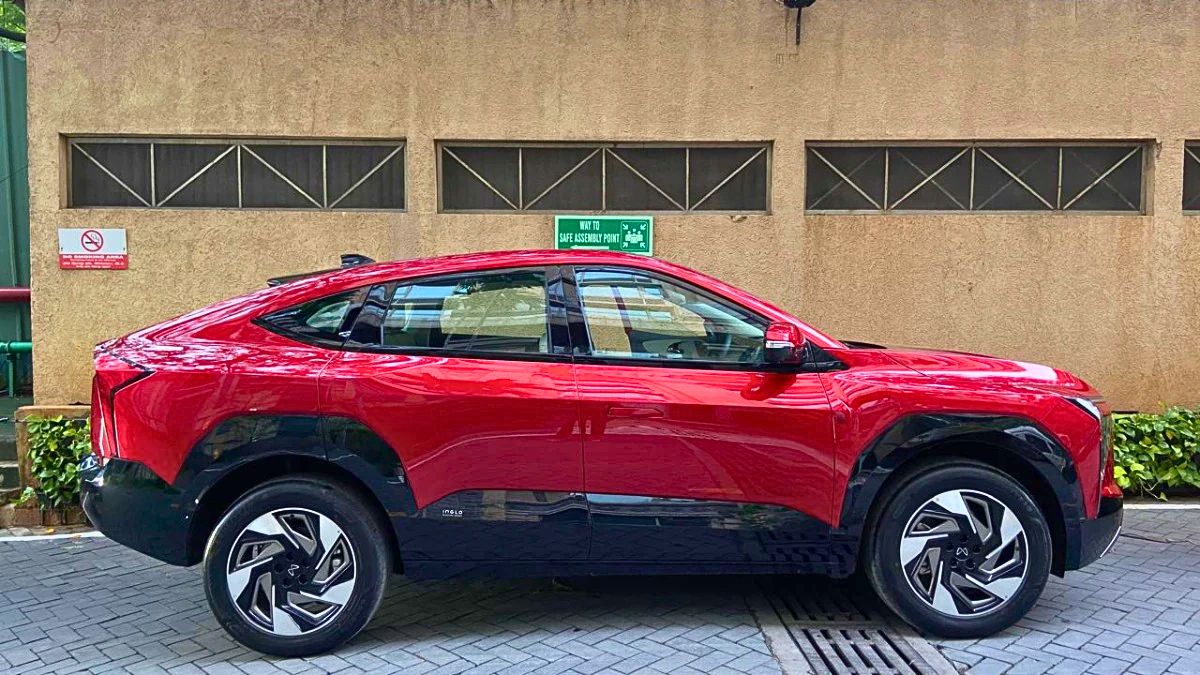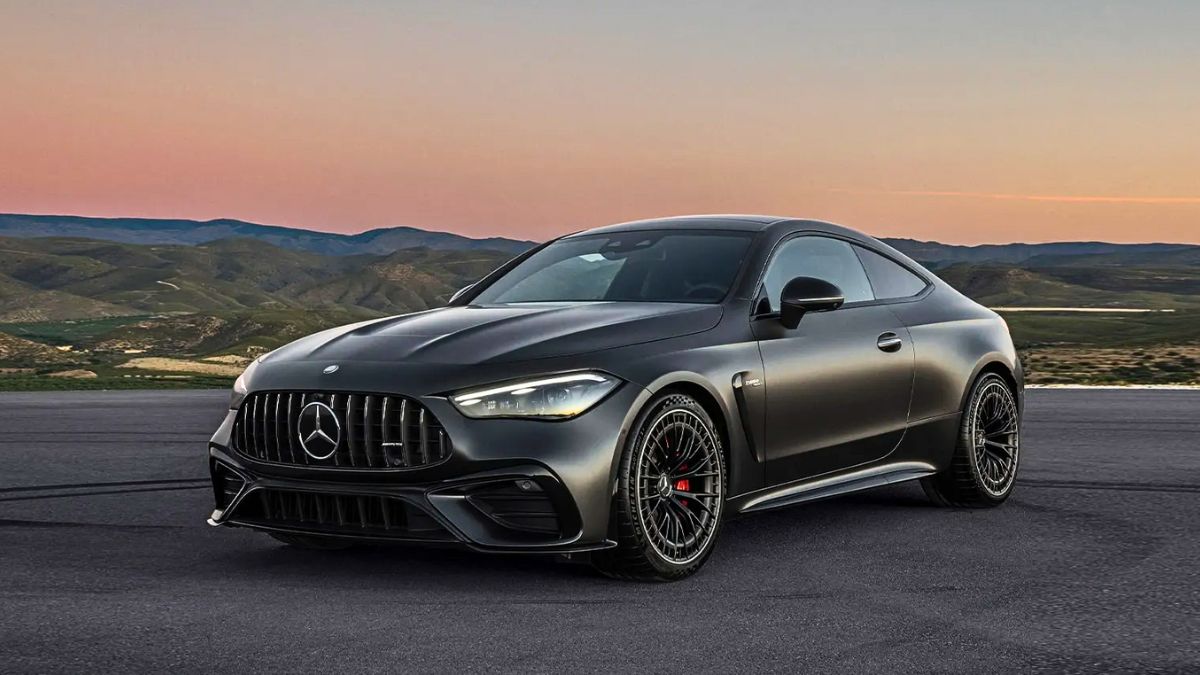Toyota seems to be on a mission to look into clean mobility options for India. After testing the Mirai FCEV (Fuel Cell Electric Vehicle), the company has now been spotted running the Toyota Aqua Hybrid on Indian roads. Interestingly, the test car had no camouflage, which is usually a sign that the brand isn’t trying to hide anything. While there’s no confirmation on an official launch yet, the move signals Toyota’s interest in evaluating hybrid tech for India’s hatchback space.
Table of Contents
Intent
The Toyota Aqua being tested here likely isn’t just for fun. Toyota might be studying how hybrid systems perform in India’s real-world driving conditions. With the Indian market slowly warming up to hybrids—especially after the success of models like the Innova Hycross and Hyryder—it’s not far-fetched to think Toyota could be planning something similar for smaller segments.
If the Aqua does make it to Indian showrooms, it would be the only dedicated hybrid hatchback in the country, a niche that’s currently untouched.
Battery
Now here’s where the Toyota Aqua really stands out. It’s the first production car in the world to feature a Bipolar Nickel Hydrogen battery. What’s so special about it?
In a nutshell, it’s a more efficient and durable version of the traditional Nickel Hydrogen battery. Toyota claims this new design offers 1.5 times the service life compared to conventional non-bipolar versions.
Each battery cell has a unique structure with bipolar electrode plates. One side acts as the anode, and the other as the cathode. These cells are stacked together with a separator—often a polyolefin fabric—that holds a potassium hydroxide electrolyte. This setup helps slash internal resistance and, in theory, boosts performance and longevity.
Here’s a quick look:
| Battery Type | Bipolar Nickel Hydrogen |
|---|---|
| Key Feature | Bipolar electrode plates |
| Longevity Improvement | 1.5x compared to standard |
| Internal Resistance | Significantly reduced |
Platform
The Toyota Aqua is underpinned by the TNGA-B (Toyota New Global Architecture) platform, which is also used for compact and subcompact models globally. This platform offers good handling, safety, and structural rigidity—ideal for urban and semi-urban Indian roads.
Engine
Under the hood, the Aqua uses a 1.5-litre, inline-three-cylinder petrol engine, mated to a CVT gearbox. Alone, the petrol motor delivers 89.8bhp and 120Nm of torque. When the hybrid system kicks in, the electric motor adds to the performance, resulting in a combined output of 81bhp and 141Nm of torque.
Yes, the total output is slightly lower than just the petrol figure because the hybrid system prioritizes efficiency over raw power. And that brings us to its biggest plus point—fuel economy.
Toyota claims the Aqua Hybrid delivers an astonishing 35.8kmpl, which could make it the most fuel-efficient hatchback in India if launched.
Possibility
Even though the Aqua Hybrid is being tested, Toyota hasn’t confirmed if it’ll officially launch the car here. The high cost of hybrid tech and uncertain demand in the hatchback segment may keep it out of showrooms for now. But if Toyota decides to go ahead, it could pioneer a whole new sub-segment.
With rising fuel prices and increasing awareness about eco-friendly tech, a fuel-efficient hybrid hatchback could be just what many urban buyers need.
The Toyota Aqua Hybrid might not be confirmed for India yet, but its testing hints at something bigger—Toyota’s commitment to diversifying powertrain options. With a groundbreaking battery, high efficiency, and a city-friendly form factor, the Aqua could change the hybrid game if given a green signal.
FAQs
Is the Toyota Aqua launching in India?
Not confirmed yet, but it’s currently under testing.
What battery does Aqua Hybrid use?
It uses a Bipolar Nickel Hydrogen battery.
How fuel-efficient is the Aqua Hybrid?
It claims an impressive mileage of 35.8kmpl.
What is the power output of Aqua Hybrid?
Combined output is 81bhp and 141Nm torque.
What platform is Aqua based on?
It’s built on Toyota’s TNGA-B platform.






